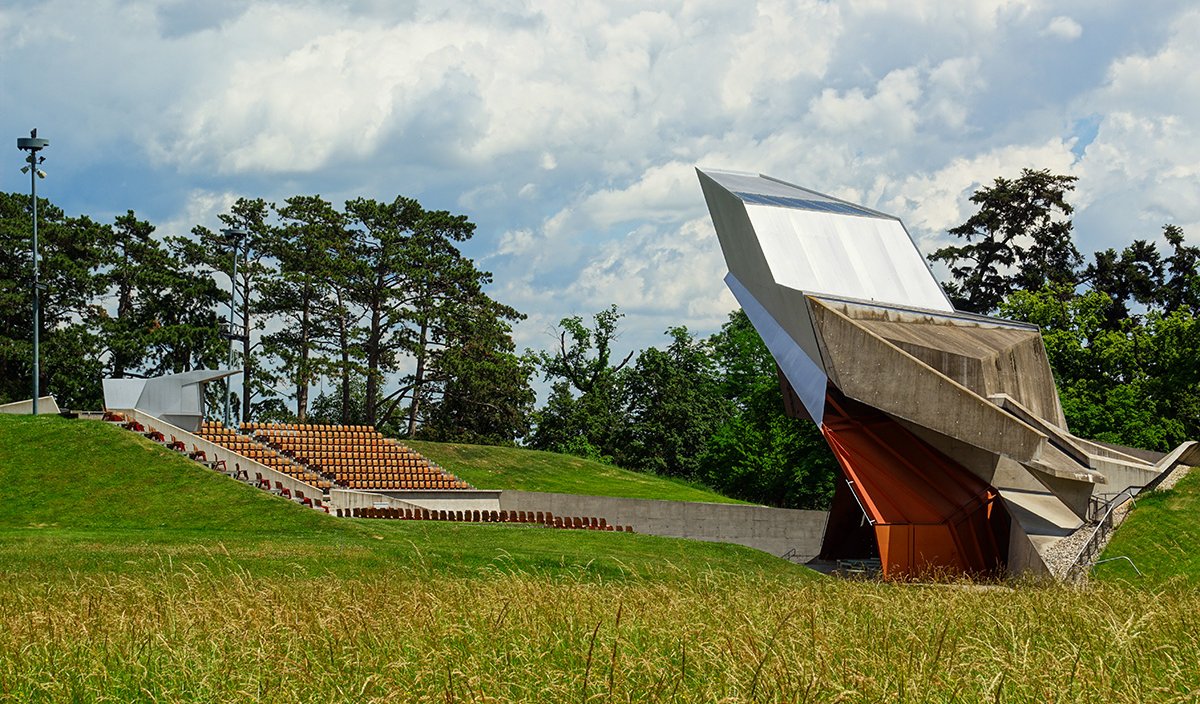


Program
JOHANNES BRAHMS:
Piano Concerto No. 1 in D minor, Op. 15
SYMPHONY NO. 1 IN C MINOR, OP. 68
Featuring
Other information
The event is about 3.0 hours long.
About the event
A concert without a single piece by Beethoven, but still imbued with the spirit of the master of classical music. A program of Brahms’ music, comprised of two grandiose pieces, tracing back to one difficult search for a path. At the Grafenegg Festival, the BFO will perform the first piano concerto and the first symphony of the conservative pioneer of the 19th century. Grammy-award-winning Romanian conductor Cristian Măcelaru will lead the performance of the pieces, which pay tribute to Beethoven while breaking out from the shadow of the master. The soloist of the concert will be Rudolf Buchbinder, the artistic director of the Grafenegg Festival. With a career spanning over 60 years, not only has he become a living legend, but is also a Beethoven specialist: Buchbinder is thus capable of complementing the music of Brahms with the kind of color that lends the composer, engaging in dialogue with various periods, a kind of complex context that is rarely seen.
In 1853, Johannes Brahms, just twenty years old at the time, met Robert Schumann, who formed a rather favorable impression of his young colleague. Perhaps it was the encouragement provided by his role model that led Brahms, still a young composer when he first heard Beethoven’s groundbreaking “Ninth” in 1854, to decide to write his own first symphony. Following in Beethoven’s footsteps, it, too, was in D minor. Brahms was unhappy with his early drafts. The pressure of “writing a symphony after Beethoven” temporarily got the better of him, and he turned the music of what he intended to be his symphony no. 1 first into a sonata for two pianos, before reworking it in its entirety, and using parts of it in his Piano Concerto No. 1. The piece starts out with music that is incredibly dense and essentially tragic in its mood. The first movement is characterized by a monumental orchestral exposition and a rich piano part that is at times forced to compete with the tutti of the orchestra. On the score of the spiritual slow movement, which is most likely best interpreted as a portrait of Clara Schumann, the composer included the words, “Benedictus qui venit in nomine Domini” (Blessed is the one who comes in the name of the Lord). Finally, in the rondo-finale, it is a piano solo which introduces the theme; later, the movement includes the only cadence of the piece, before concluding with a reverential, celebratory ending.
Finally completed in 1876 after the composer’s initial attempts produced a piano concerto, Brahms’ symphony is often referred to as “Beethoven’s Tenth.” Like his Piano Concerto No. 1, this piece was also received tepidly on the part of the audience, with many, in fact, accusing Brahms of simply copying the melody of Beethoven’s Ode to Joy for the hymnal melody of the final movement. Yes, Brahms responded, how interesting that „any ass can see that”. Ultimately, Symphony No. 1 was composed in the key of C minor, which alludes not to the Ninth, but to Beethoven’s similarly iconic Symphony No. 5. The impressive, slow opening of the first movement unwraps each of the themes which return later in the fast, main part of the work. The movement, fundamentally dramatic in atmosphere, is followed by a fluid, lyrical and expressive slow movement, with violin solos laying the groundwork of the piano concerto. In the scherzo, timid smiles are juxtaposed with almost arrogant forces; then, the piece wraps up with the finale spanning from fear to Alpine horn calls and celebratory chorales.